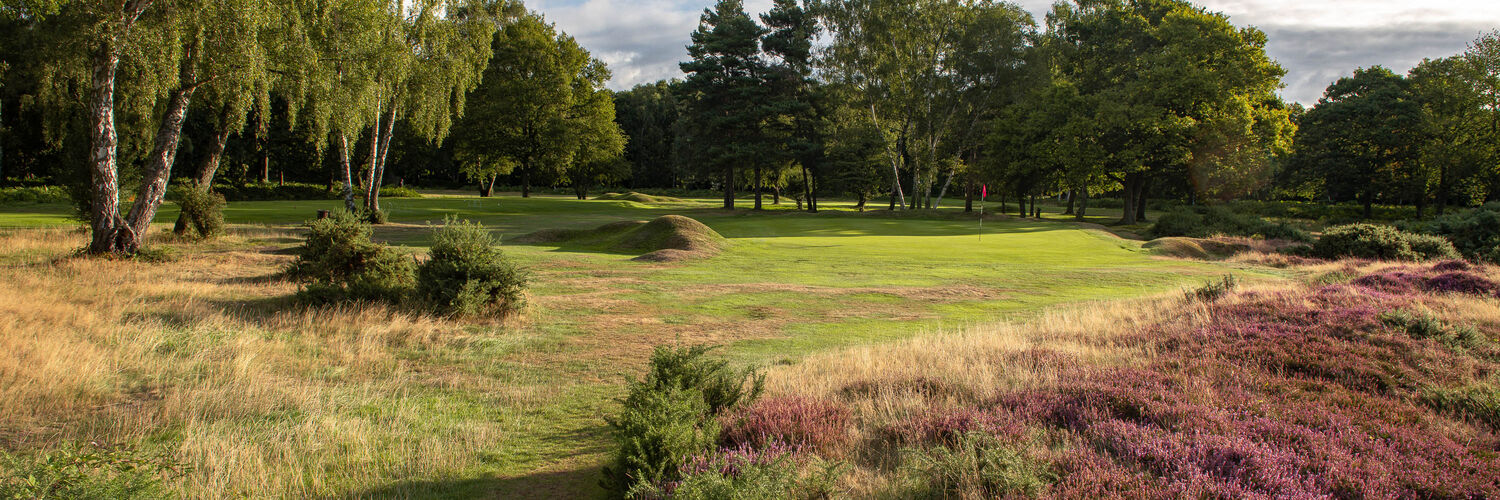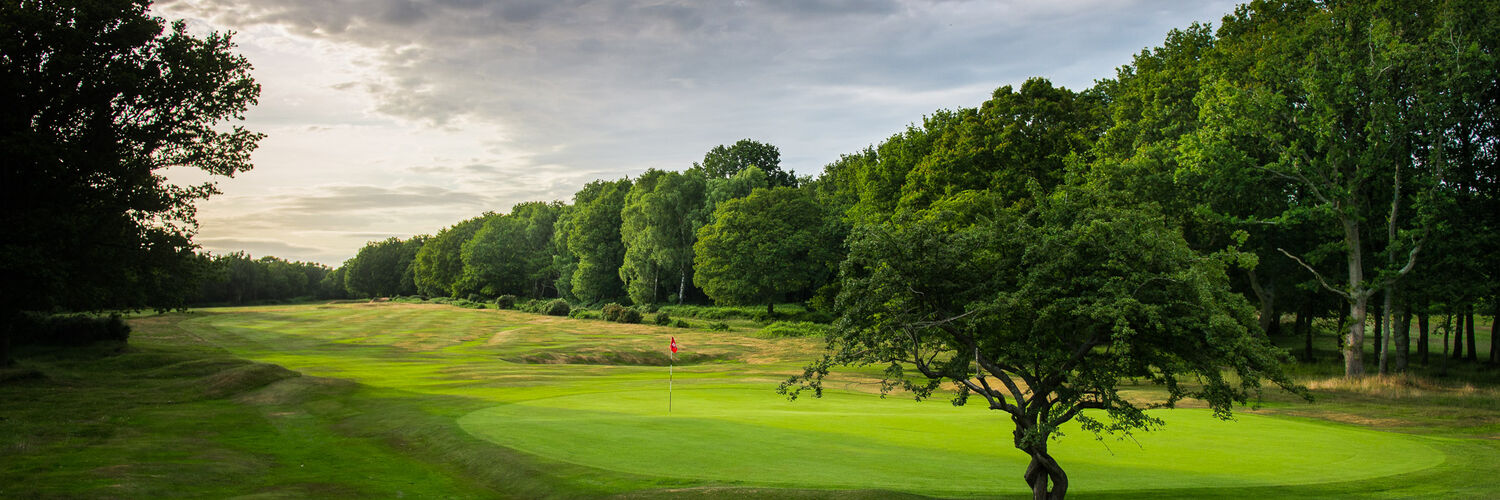The Course


Those are the words of Tom Lewis, a son of Hertfordshire who won The Berkhamsted Trophy in 2009, was leading amateur in the Open Championship two years later and has subsequently won two European Tour events as a professional.
In winning The Berkhamsted Trophy, Lewis posted scores of 67 and 66 for a nine-under-par total of 133, the lowest ever aggregate for the tournament in its 36-hole format.
Such golfing pyrotechnics on a lay-out that, bearing the hallmark of celebrated golf course architect James Braid, is regularly ranked among the top 100 in England are an exception as opposed to the norm.
The course, which sits in area of outstanding natural beauty, its fairways flanked by gorse, heather and trees, has repelled the challenge created by the technological advances in golf equipment.
At 6,605 yards in length off the white tees, the course should be at the mercy of golfers who are equipped with distance measuring devices, armed with finely-engineered clubs and thus capable of dispatching compliant golf balls gargantuan distances.
However, scores in the Berkhamsted Trophy, a world ranking amateur event, prove otherwise. In the past two decades they have not improved.
All of which goes to show that a course modest in length and bunker-free presents a substantial challenge to the very best amateurs, never mind less accomplished golfers.
That the course is bunker-free also suggests it is conducive to some spectacular scoring but the grassy mounds that are in situ where one would expect to find sand traps present a different and tricky set of challenges.
The absence of bunkers is in line with the club’s policy of rejecting man-made hazards. Bunkers, for example, are indigenous to links golf. In which case why introduce them to a course in land-locked Hertfordshire?
It also complies with, wherever possible, the club’s policy to let nature take its course. Which is why a course that was almost devoid of trees when it was first played is now well-populated with them.
So much so that playing through what are effectively tunnels of trees cranks up the anticipation as to what the next hole will offer.
Three of those are par fives, all in excess of 500 yards long; another quartet are par threes, the remainder par fours which, played from the white tees, range in length from 335 to a daunting 459 yards.





